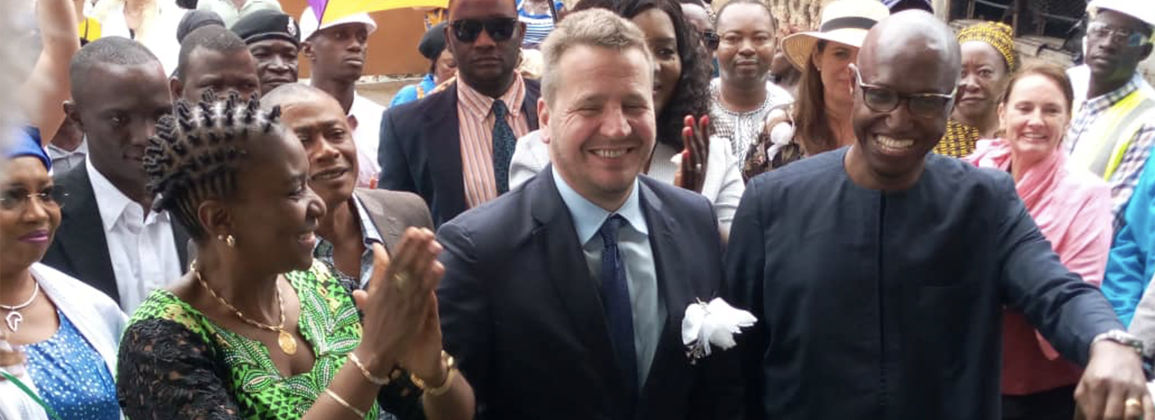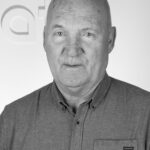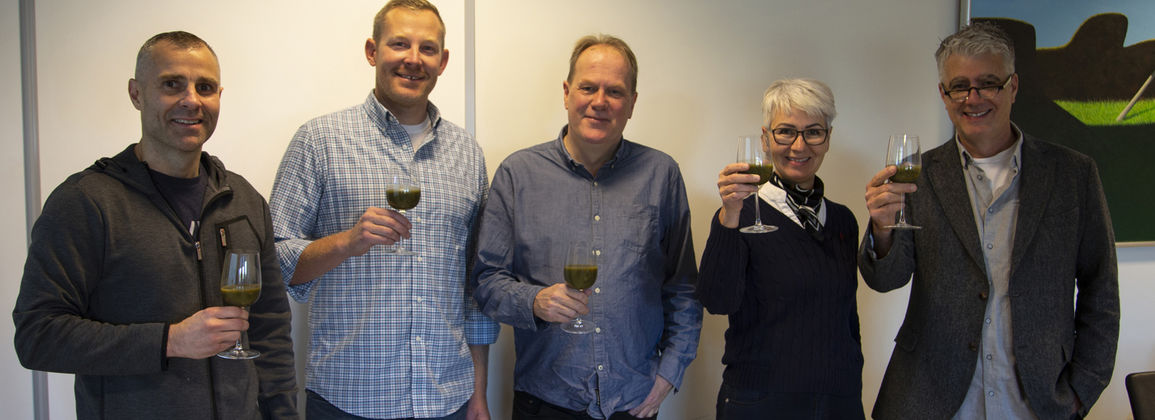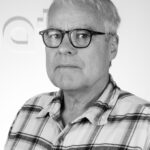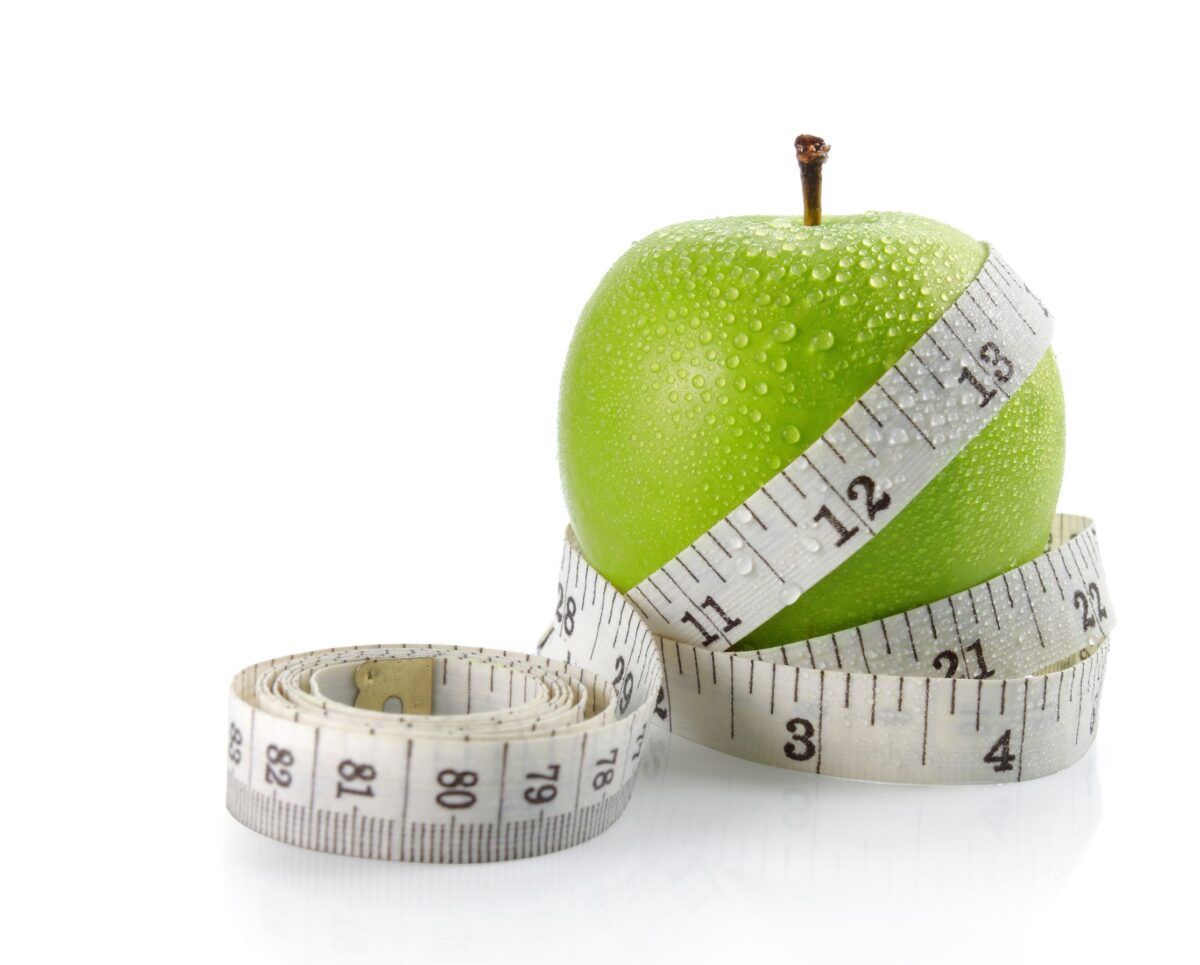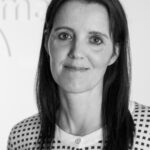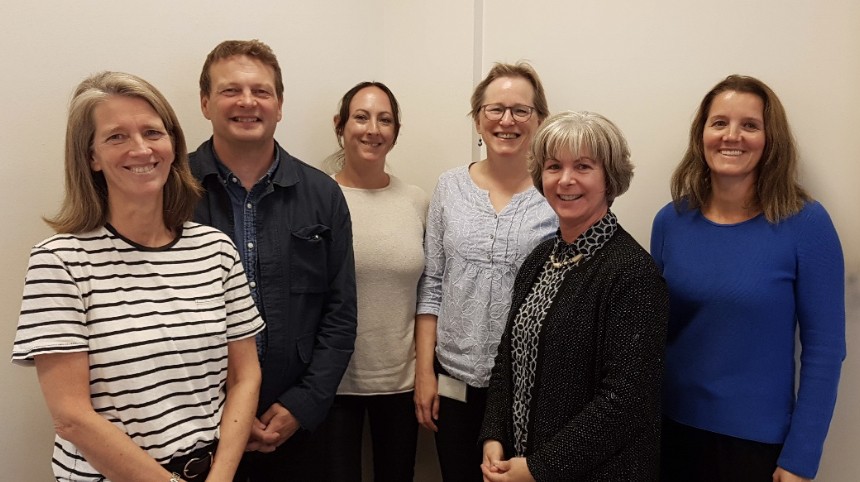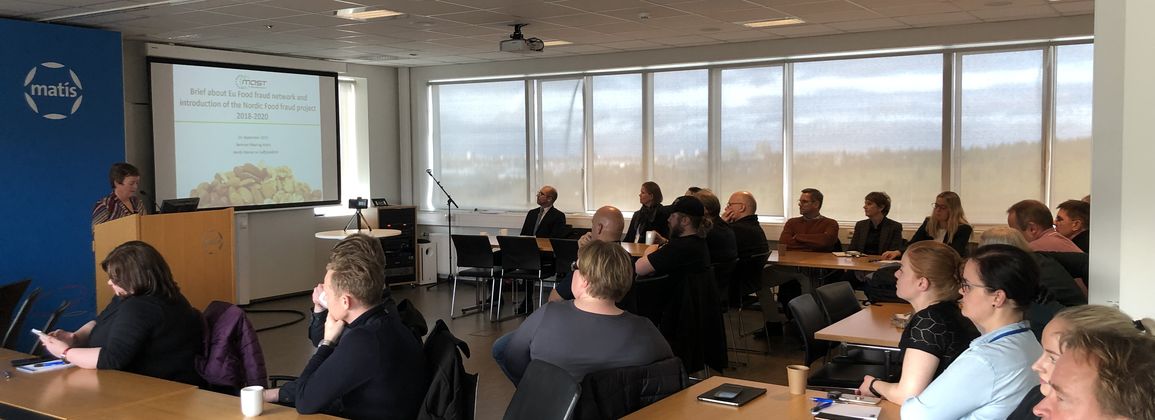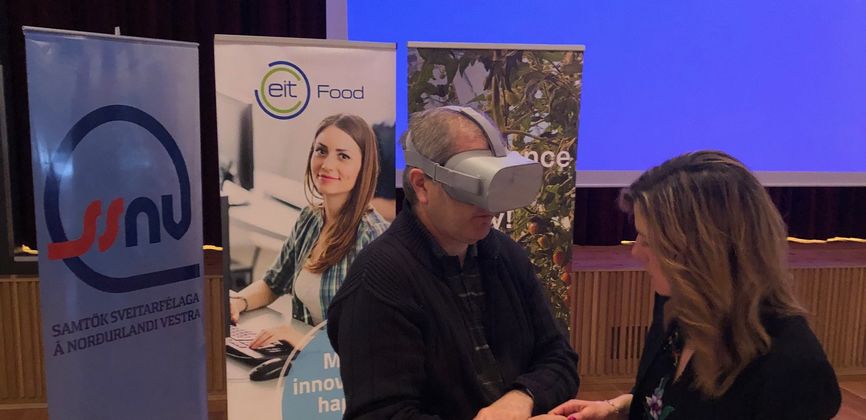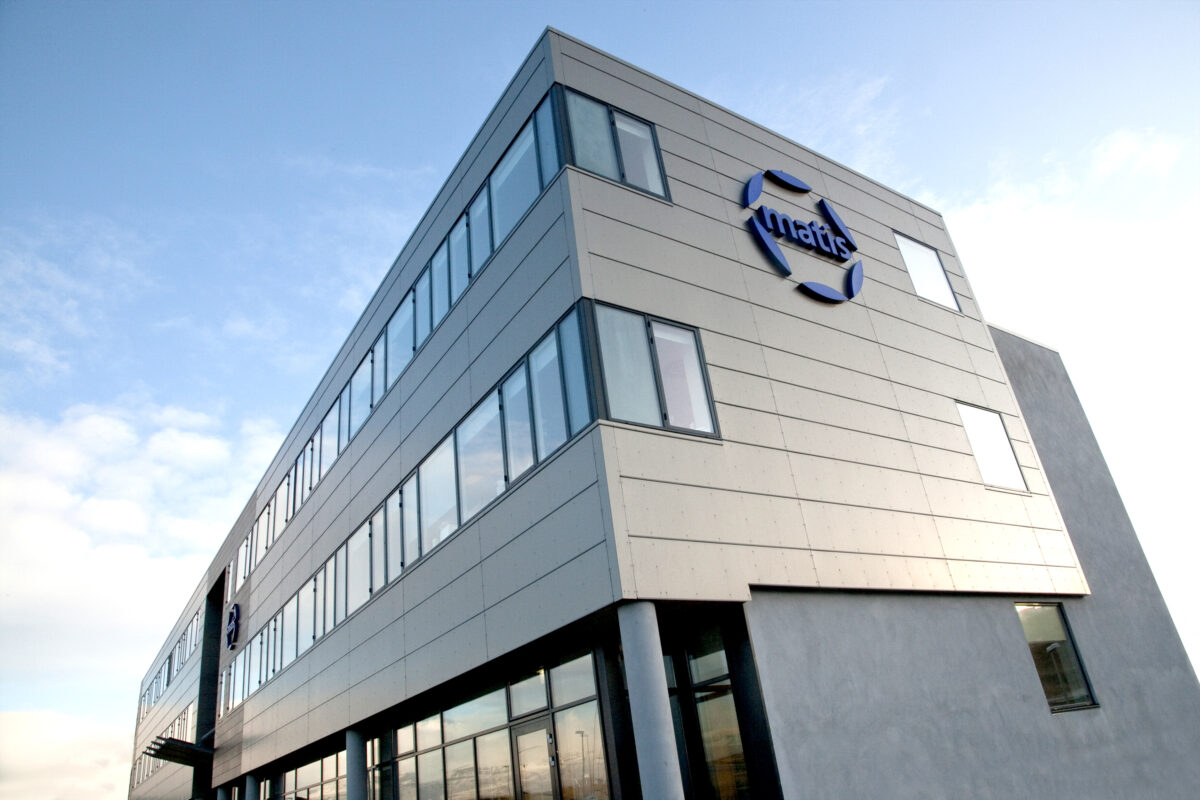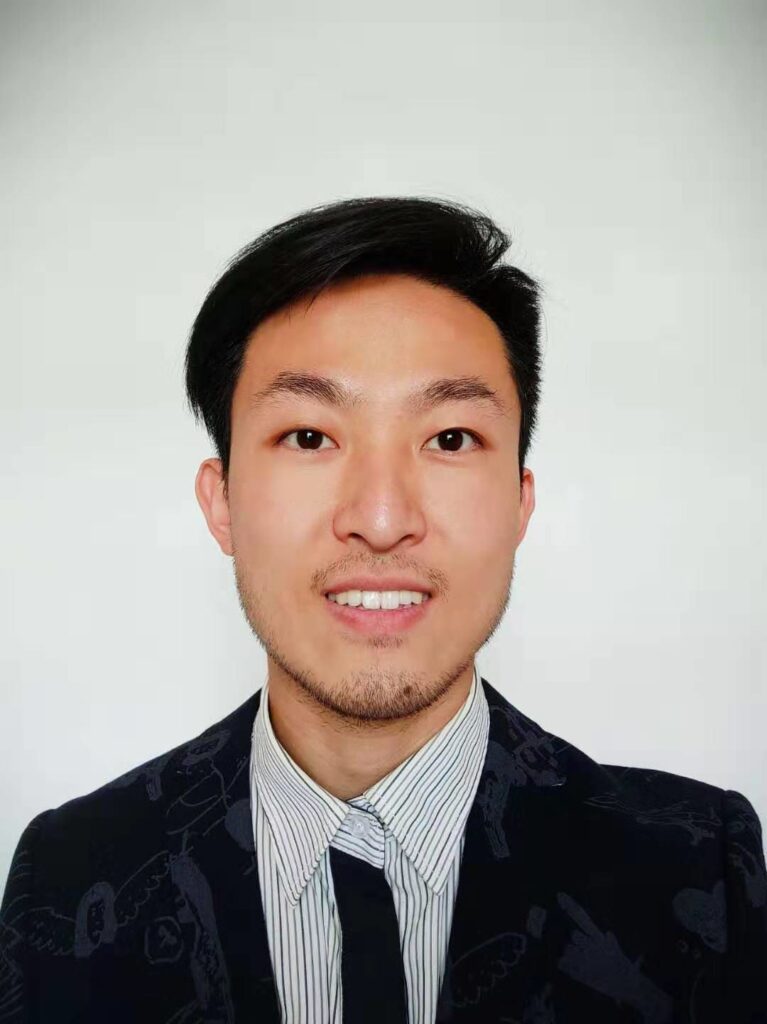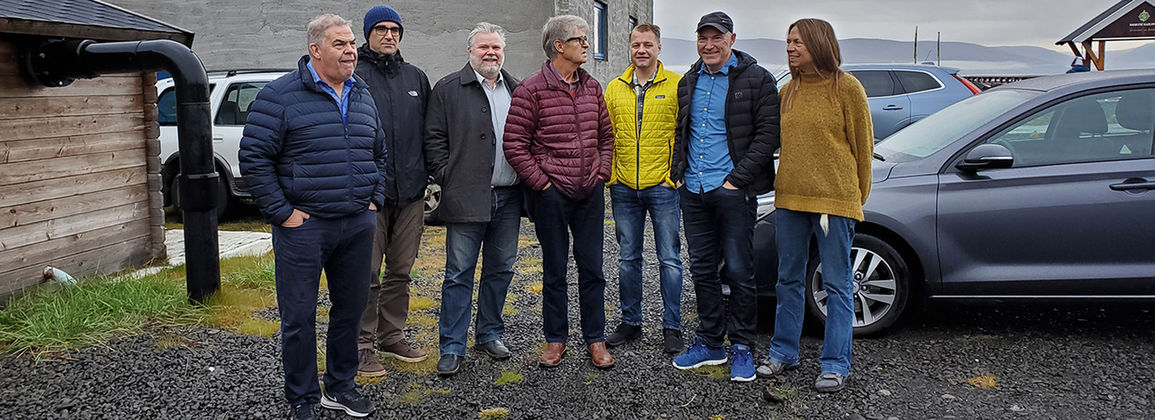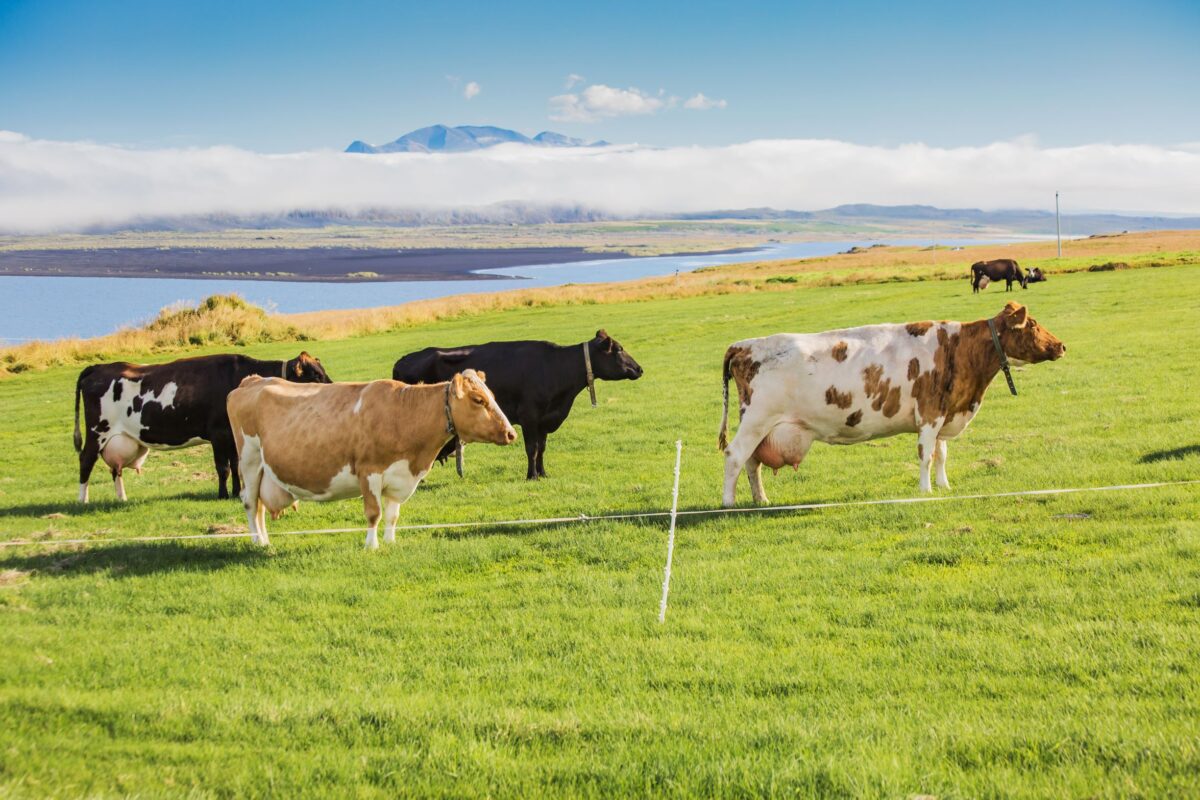Foreign Minister Guðlaugur Þórðarson, who is based in Sierra Leone, today inaugurated a smoking facility in Tombo, which Matís has designed for the United Nations Fisheries Academy and the Ministry for Foreign Affairs' Development Office.
It is a 120 square meter shelter that houses 12 smoke ovens that can fully smoke over a ton of fresh fish per day. The project began about a year ago and ends formally today with an opening ceremony where the Minister of Foreign Affairs cuts the ribbon and hands over the facilities to the locals.
In West Africa, fish smoking is the main method of bringing fish to market before it is damaged. The traditional method of smoking is to place the fish over an open fire in an enclosed space, where the producers, who are mainly women, are exposed to smoke every day. This work facility is causing all kinds of respiratory and eye problems. The smokehouses that Matís has designed solve these health problems, in addition to which the use of wood is greatly reduced.


